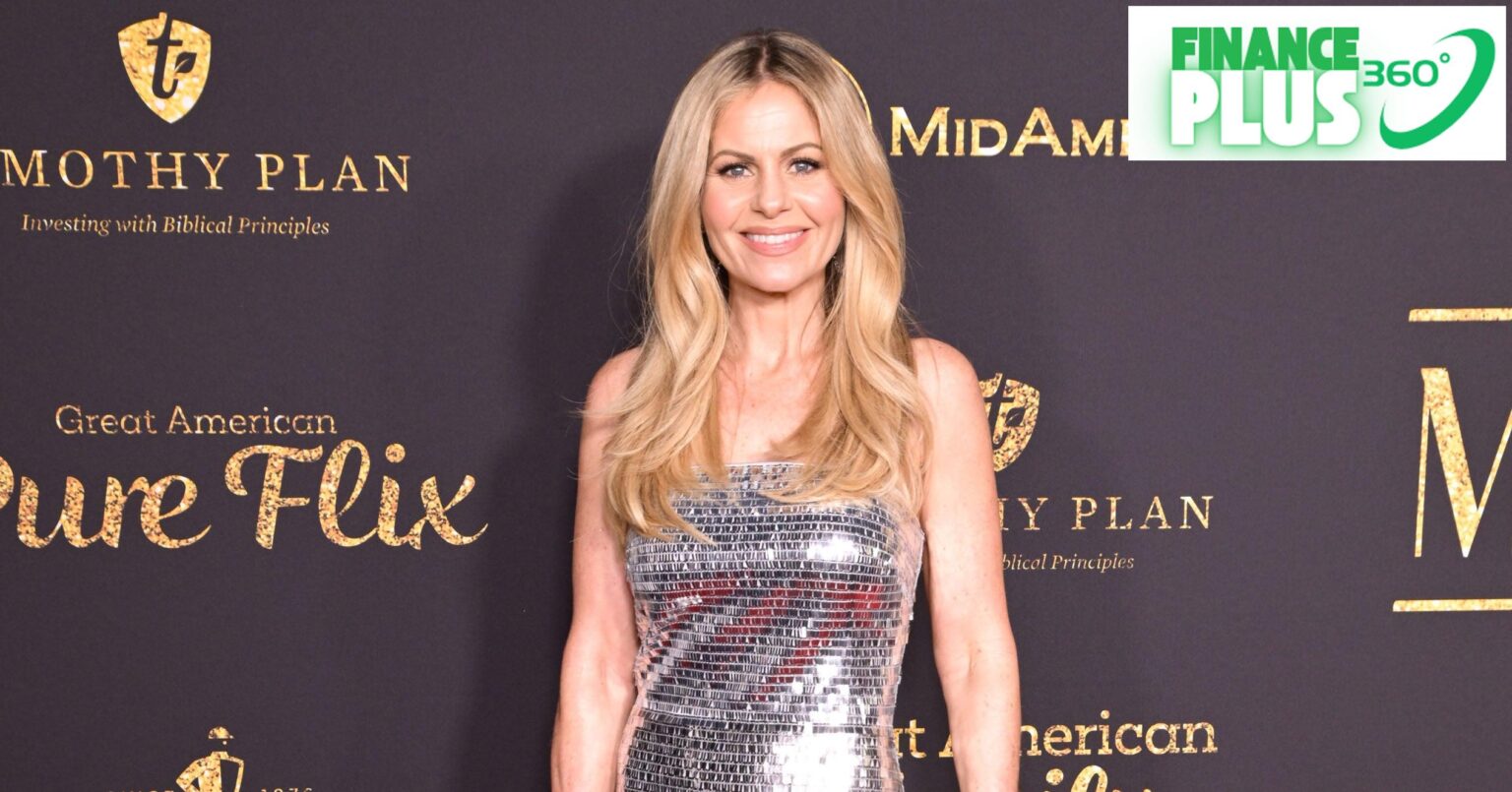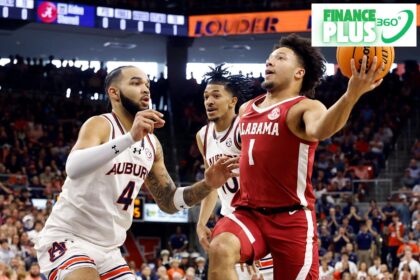The issue of whether YouTube TV is showing bias against faith-based channels has become a hot topic lately. FCC Chairman Brendan Carr has openly accused the popular streaming service of unfairly discriminating against networks that cater to Christian audiences. This news follows the claims made by Great American Media, which is associated with the Christian-focused Great American Family channel, stating that their programming has been wrongly overlooked by YouTube TV. This concern points to a growing debate on content availability and the role of streaming platforms in shaping what viewers can watch.
Is YouTube Discriminating Against Christians?
Brendan Carr, the head of the FCC, sent a letter to executives at YouTube’s parent company, Alphabet, on March 7, 2025. In this letter, Carr expressed his worries about the treatment of faith-based programming by YouTube TV. Great American Media claims that their channel, which has been rapidly gaining popularity, was rejected from being included in YouTube TV’s lineup. According to Carr, this reflects a troubling trend where YouTube might prioritize secular content over faith-based options. The controversy arises at a time when many conservatives feel many platforms do not give a fair representation to their views and content.
Great American Family’s Fast Growth
Great American Family has become the second-fastest-growing cable channel in recent times, suggesting that there is a significant audience for its programming. Carr argues that with 8 million subscribers tuning in to YouTube TV regularly, the exclusion of such a rapidly growing channel could be seen as a missed opportunity for the platform. The network, which features popular figures like Candace Cameron Bure, claims that it is not being treated equally compared to other channels that do not focus on faith-based content.
The Debate Over Content Bias
The discussions surrounding YouTube’s content choices have intensified, with critics pointing to a pattern of censoring conservative voices and programming. In the past, there have been accusations of discrimination against various content creators and shows that lean toward conservative viewpoints. The incident surrounding Great American Media is just one example, as people highlight other cases where YouTube removed or restricted access to content due to political bias or perceived controversy, including notable precedents where conservative figures like Donald Trump Jr. have also made their voices heard, expressing concerns about discriminatory practices.
YouTube’s Response
In response to the allegations, YouTube has denied that it has any discriminatory policies against Great American Media or any faith-based content. A spokesperson for YouTube stated that they strive to ensure a wide range of programming that reflects various interests, including those of faith-based organizations. They emphasize that decisions about which channels to include are based on various factors like user demand, content relevance, and operational costs.
Looking Ahead
Following these allegations, FCC Chairman Brendan Carr has requested a meeting with Google by March 11, 2025, to discuss these claims and get a better understanding of YouTube TV’s policies regarding religious content. This dialogue may shed light on how streaming platforms manage their channel lineups and whether there are hidden biases influencing which programs get the spotlight. The outcome of this inquiry could have lasting implications for how services like YouTube TV curate their offerings and address concerns about equal representation in media.
| Post Date | Summary of Allegations | YouTube’s Response |
|---|---|---|
| March 7, 2025 | FCC Chair Brendan Carr accuses YouTube of bias against Great American Family. | YouTube denies targeting any specific programming. |
| March 11, 2025 | Meeting requested to address policies on faith-based content. | Emphasis on user demand and operational costs for programming decisions. |
This discussion about YouTube TV raises questions not only about the platform itself but also about broader issues of media representation, freedom of speech, and the choices that define what we see and hear in the digital age. Viewers will be watching closely to see how this story unfolds and what it means for future access to diverse programming on popular streaming services.



